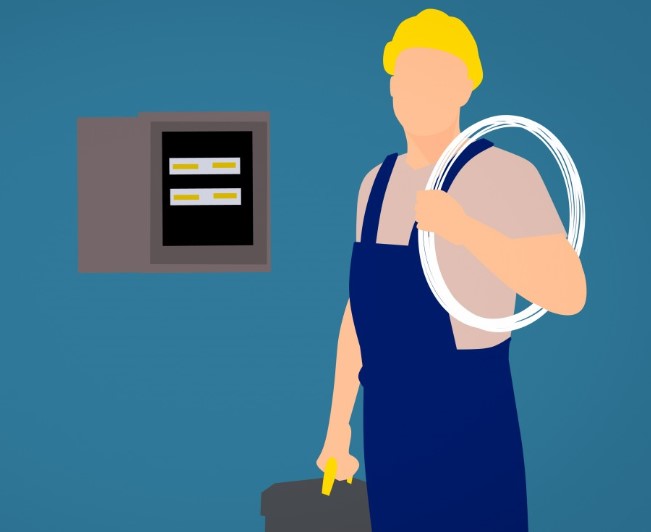Work order management system
Work order management systems use a dashboard-based software approach to track and manage relevant maintenance projects and processes for facilities management departments. Work orders are typically related to the upkeep of equipment and can incorporate both simple and complex tasks such as changing an air filter or replacing an entire HVAC (heating ventilation and air conditioning) system.
Work order management systems are suitable for multi-site organisations and can be integrated with enterprise asset management (EAM) software or computerised maintenance management systems (CMMS). EAM and CMMS are different types of work order management systems.
Contents |
[edit] Characteristics
Work order management systems document basic processes - create work orders, request updates, track task completions - which are then broken down into smaller tasks. These systems can be tailored to incorporate requirements necessary for auditing purposes, regulatory requirements or other business-specific concerns.
Some systems are also able to monitor additional tasks associated with maintenance work orders:
- Prioritise requests (emergency request or planned repair).
- Provide details of the task, including safety requirements and special tools needed for the job.
- Gather job costing and billing information.
- Track time for task completion (including projected downtime).
- Summarise tasks by trade or job type.
- Create summaries for managers based on department requests.
- Monitor supplies, costs and warranties (including inventory management).
- Generate preventive maintenance schedules.
With a computerised work order management approach to maintenance, work orders are created in real time. They are then assigned and sent directly to the appropriate tradesperson to complete based on the information provided. It is possible to order replacement parts simultaneously with the creation of the work order.
[edit] Generation of work orders
Work orders are typically generated when an internal request is made, but they can also come about after a general facility inspection or safety audit. Property inspections may reveal maintenance issues with electrical systems, roofing or other site features. Safety audits can trigger repairs for signage, lighting, waste management and other hazardous situations.
Preventive maintenance tasks can also be a source of work orders, particularly when they identify the need to replace parts, materials or supplies.
[edit] Reporting capabilities
Work order management systems track the progress of maintenance tasks. They can also trigger alerts if problems occur or if a task has not been initiated.
Once the task is complete, the system can generate reports for data mining. This analysis can be used for assessing budgets and resource availability and for other planning purposes.
[edit] Related articles on Designing Buildings Wiki
Featured articles and news
RTPI leader to become new CIOB Chief Executive Officer
Dr Victoria Hills MRTPI, FICE to take over after Caroline Gumble’s departure.
Social and affordable housing, a long term plan for delivery
The “Delivering a Decade of Renewal for Social and Affordable Housing” strategy sets out future path.
A change to adoptive architecture
Effects of global weather warming on architectural detailing, material choice and human interaction.
The proposed publicly owned and backed subsidiary of Homes England, to facilitate new homes.
How big is the problem and what can we do to mitigate the effects?
Overheating guidance and tools for building designers
A number of cool guides to help with the heat.
The UK's Modern Industrial Strategy: A 10 year plan
Previous consultation criticism, current key elements and general support with some persisting reservations.
Building Safety Regulator reforms
New roles, new staff and a new fast track service pave the way for a single construction regulator.
Architectural Technologist CPDs and Communications
CIAT CPD… and how you can do it!
Cooling centres and cool spaces
Managing extreme heat in cities by directing the public to places for heat stress relief and water sources.
Winter gardens: A brief history and warm variations
Extending the season with glass in different forms and terms.
Restoring Great Yarmouth's Winter Gardens
Transforming one of the least sustainable constructions imaginable.
Construction Skills Mission Board launch sector drive
Newly formed government and industry collaboration set strategy for recruiting an additional 100,000 construction workers a year.
New Architects Code comes into effect in September 2025
ARB Architects Code of Conduct and Practice available with ongoing consultation regarding guidance.
Welsh Skills Body (Medr) launches ambitious plan
The new skills body brings together funding and regulation of tertiary education and research for the devolved nation.
Paul Gandy FCIOB announced as next CIOB President
Former Tilbury Douglas CEO takes helm.
UK Infrastructure: A 10 Year Strategy. In brief with reactions
With the National Infrastructure and Service Transformation Authority (NISTA).























